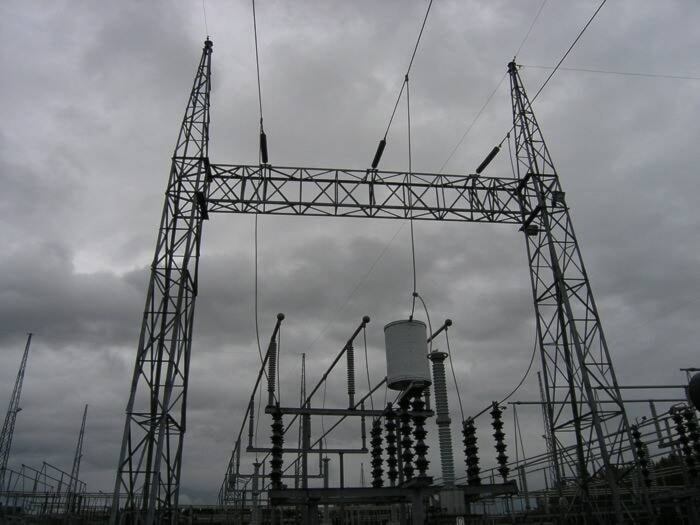BC Hydro’s plan to double the amount of electricity it now transmits to the northwest signals an overall vision of an expanded liquefied natural gas export industry for the region.
So far, the provincial crown corporation has not revealed its list of potential customers for the extra power other than to say there’s interest from liquefied natural gas interests as well as mines, ports and other potential large-scale users.
BC Hydro did ask potential customers to make submissions by April 13 but has yet to release exact details.
Open houses being conducted by BC Hydro from Prince George to Terrace this month indicate only plans to build three 500kv lines from Prince George to Terrace in two separate phases, the first from Prince George to the Glenannan Substation and then from that substation to the Terrace Substation south of Terrace.
They would generally follow the route of the three existing 500kv lines that now run to the Terrace Substation.
From there, however, BC Hydro is silent as to where the additional power might be headed other than to say it might need an additional line running north to the Nass Valley, one south to Kitimat and one west to Prince Rupert.
But documents filed by a potential floating liquefied natural gas export facility off the coast from Gingolx in the Nass Valley that is now seeking environmental approval indicate it wants to be a BC Hydro customer.
The Ksi Lisims LNG facility would not build the 95-kilometre power line connecting it to the BC Hydro grid from a substation at New Aiyansh in the Nass Valley, leaving that in the hands of a third party called WindRiver.
“The [Ksi Lisims] proponents anticipate that an electricity supply agreement with BC Hydro will be one of the requirements for reaching a final investment decision and commencing construction of the project,” reads a Ksi Lisims description of its entire project.
BC Hydro has declined to comment directly on any power supply negotiations tied to Ksi Lisims LNG, saying those are between itself and any potential clients.
Having BC Hydro supply power to Ksi Lisims LNG is crucial to its claim of wanting to be “one of the lowest carbon-emitting LNG export facilities in the world.”
Ksi Lisims LNG says its goal would be reached by using electricity instead of natural gas to power an intricate refrigeration system to super-cool natural gas to a liquid form so it can be pumped onto tankers for export overseas.
That would also fit in with the provincial government’s extensive campaign to reach what it calls “net-zero” emissions status within B.C.
The prospect of using BC Hydro hydroelectricity has also arisen at the multi-billion LNG Canada export facility now under construction in Kitimat.
Its ultimate design is for four super-cooling production units called “trains” and the first two are now nearing a completion date of 2025.
These two initial trains will use natural gas to create liquefied natural gas and while the second two trains would also use natural gas, senior LNG executives said late last year a switch to electricity is possible provided the power is made available.
LNG Canada has also confirmed it is speaking to BC Hydro about overall costs of providing electricity and has yet to make any decision as to whether it will add the remaining two trains to its project.
The current BC Hydro line running to Kitimat from the Terrace substation can’t supply the power needed and so a second one would be needed.
“To deliver clean electricity to their operations we would need to build new infrastructure to support the delivery of the power,” said BC Hydro official Mora Scott last year. “This would require a commitment from LNG Canada.”
Regardless of plans to use hydroelectric power to super cool natural gas for export or not, the natural gas industry has come under criticism from environmental and other groups as to how it fits in with the province’s emissions reduction plans.
Speaking earlier this year, provincial Green Party leader Sonia Furstenau estimated that LNG Canada’s second two trains, if powered by natural gas, would be the equivalent of placing 1.7 million new cars on the road each year.
“LNG Canada Phase 1 already made it practically impossible to meet our CleanBC goals,” said Furstenau using the provincial government’s official title of its overall emissions plan. “LNG Canada Phase 2 makes it a pipedream - electrified or not.”
Construction on the first segment of BC Hydro’s expansion plan from Prince George to Glenannan is slated to begin in 2026, while the second segment to Terrace is expected to start in 2028. Power to Terrace could flow as early as 2032.
With files from Binny Paul and Viktor Elias.
